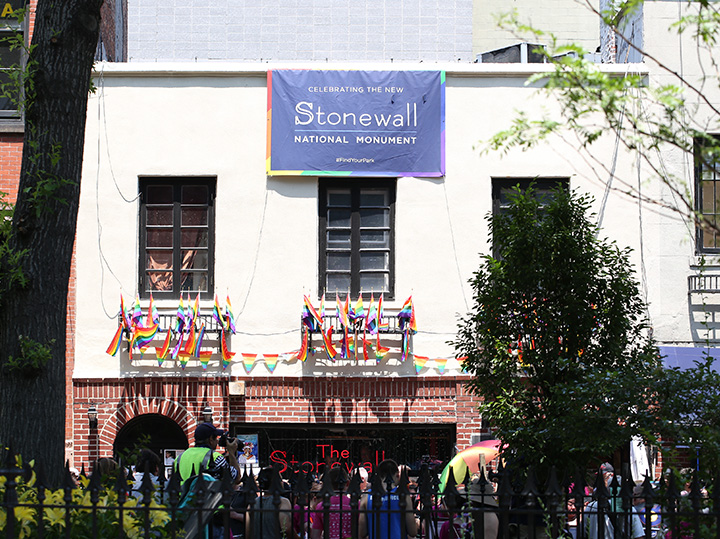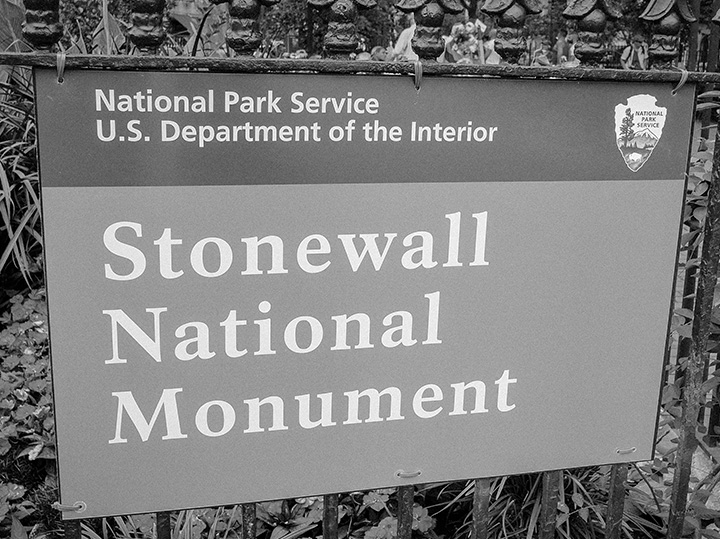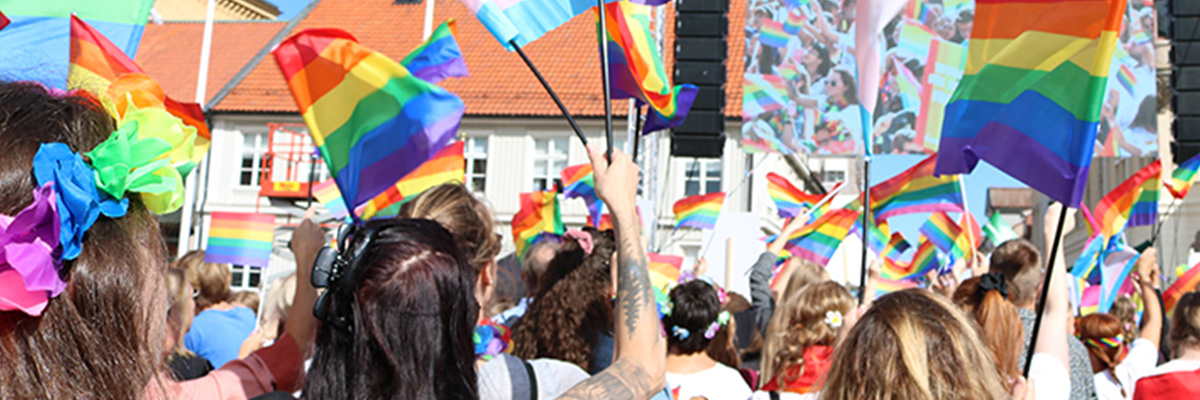A brief history of Pride
 Originally named the Christopher Street Liberation Day, the first Pride parade was held on the one-year anniversary of the Stonewall Riots of 1969. In the 1960s, homosexual acts were widely illegal throughout most of the United States. Bars and restaurants could be shut down for having gay employees or serving gay patrons, so they turned many people away. However, the Stonewall Inn in Greenwich Village was a little-known institution that New York City’s gay, lesbian, and transgender citizens could call theirs.
Originally named the Christopher Street Liberation Day, the first Pride parade was held on the one-year anniversary of the Stonewall Riots of 1969. In the 1960s, homosexual acts were widely illegal throughout most of the United States. Bars and restaurants could be shut down for having gay employees or serving gay patrons, so they turned many people away. However, the Stonewall Inn in Greenwich Village was a little-known institution that New York City’s gay, lesbian, and transgender citizens could call theirs.
Like most gay bars and clubs, the inn was operated by the Mafia. They actively paid corrupt police officers to protect the identities of wealthy gay patrons and ignore others at the inn — including the drag queens and runaway LGBTQIA+ youth who were turned away from other bars.
On June 28, 1969, New York City police raided the Stonewall Inn unexpectedly. The officers had arrived with a warrant for bootlegged alcohol, criminal mischief, and disorderly conduct.
The raid was a breaking point. The event was a direct assault on a sacred space and accentuated how marginalized the LGBTQIA+ community was.
Patrons were arrested. One woman wearing a man’s clothing complained that her handcuffs were too tight. Hundreds of people in the area began to gather as officers waited for squad cars to arrive. Upset by the activity, the inn’s patrons and neighborhood residents began throwing bottles, trash, and other objects at the officers. A woman was hit over the head by a police officer. The confrontation escalated and ten police officers soon barricaded themselves for safety. The barricade was set on fire, and the Tactical Police Force came to rescue the officers.
The protest at the inn lasted for six days. Thousands of activists came to the inn to show their support for the LGBTQIA+ community and use the moment to highlight the need for change. News of the riots reached coast-to-coast.
Five months later, during the Eastern Regional Conference of Homophile Organizations (ERCHO) in Philadelphia, activists Craig Rodwell, his partner Fred Sargeant, Ellen Brody, and Linda Rhodes proposed an annual march to commemorate the Stonewall Riots. It would not be the organization’s routine vigil of silence with men in jackets and ties, and women in dresses. ERCHO approved it, and the Christopher Street Liberation Day Umbrella Committee — meeting in Rodwell’s apartment and the Oscar Wilde Bookshop on Christopher Street — planned the events for New York City.
As they were in the planning stage, committee member L. Craig Schoonmaker came up with the slogan “Pride.” Where people may not have equal rights or power, they have pride in their identity. The official chant of the march became, “Say it loud, gay is proud.”
The day had come and on June 28, 1970, an unknown (but sizeable) number of attendees made the 51-block-long walk from west of Sixth Avenue at Waverly Place in Greenwich Village to Sheep’s Meadow in Central Park. There were no floats, music, or dancing during the march itself. It was a political statement. A “gay-in” was held at the end, where protests and celebrations began.
In Chicago, on the day before, 150 people marched from Washington Square Park to the Civic Center in a similar fashion. The march was organized by the Gay Liberation Movement.
In Los Angeles, people gathered on Hollywood Boulevard. Organized by the Christopher Street West Association, the city requested $1.5 million in permit fees. The American Civil Liberties Union (ACLU) stepped in to make sure that was the last of the excessive fees.
In San Francisco, a “gay-in” was held at Golden Gate Park on June 28, after a march down from Polk Street. Two years later, the Christopher Street West Parade — commonly known as Pride parade — would grow to more than the estimated 15,000 guests and was held on Market Street.
Pride parades are critical events that celebrate social and self-acceptance, achievements, and legal rights of lesbian, gay, bisexual, transgender, queer and other people across the globe. Where it began in four American cities, it has grown exponentially.
 The parades also serve as a reminder that more work needs to be done. The riot at the Stonewall Inn was only a little over 50 years ago. President Bill Clinton declared June to be Gay and Lesbian Pride Month for the first time in 1999. The Stonewall Inn was declared the first LGBT National Historic Site in the U.S. by President Barack Obama in 2016.
The parades also serve as a reminder that more work needs to be done. The riot at the Stonewall Inn was only a little over 50 years ago. President Bill Clinton declared June to be Gay and Lesbian Pride Month for the first time in 1999. The Stonewall Inn was declared the first LGBT National Historic Site in the U.S. by President Barack Obama in 2016.
Pride parades seek to create a community to honor the history and future of the movement. Explore the list of countries celebrating Pride and consider attending one to learn more about the history of gay rights and do you part to celebrate LGBTQIA+ history.

